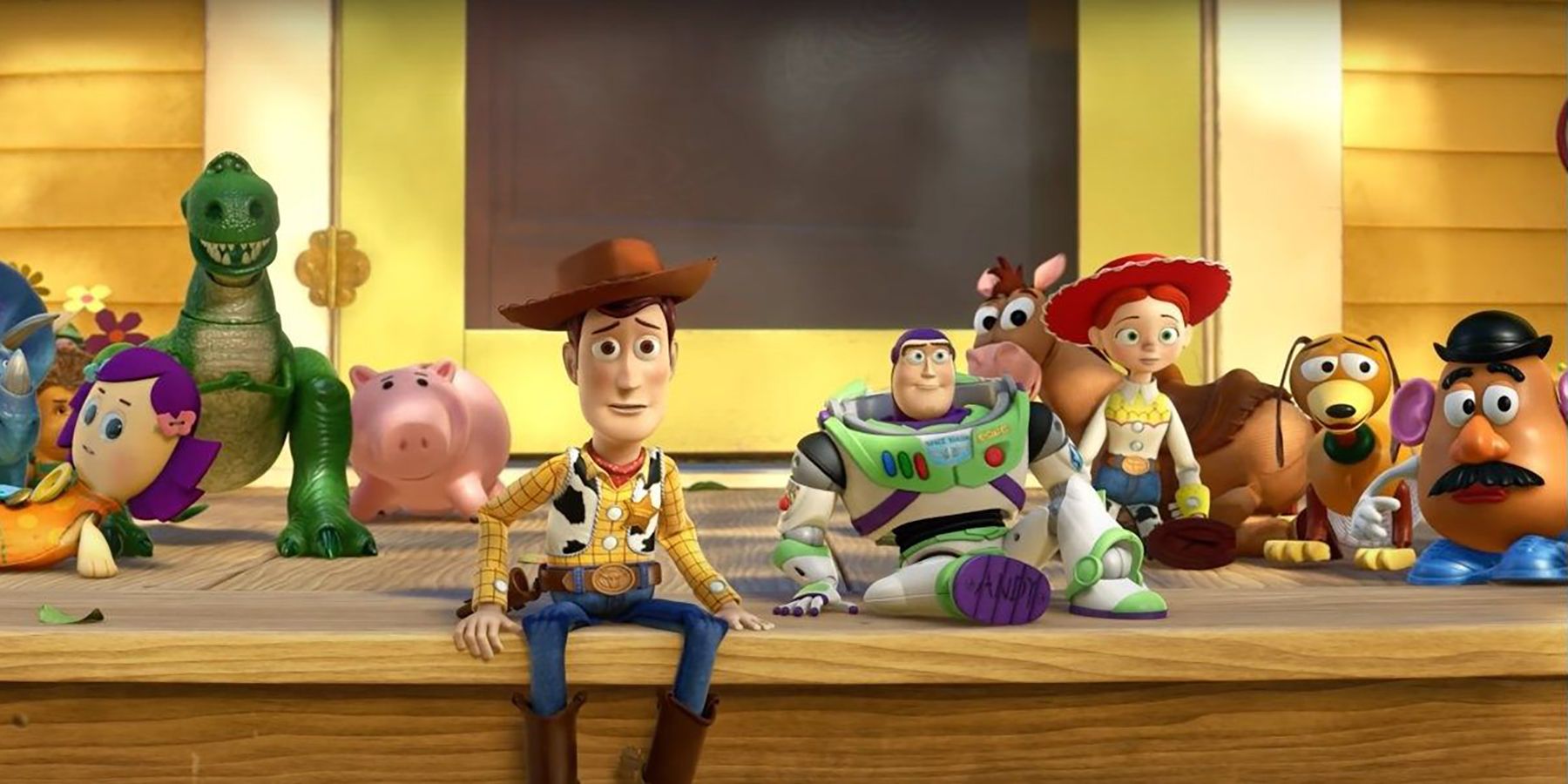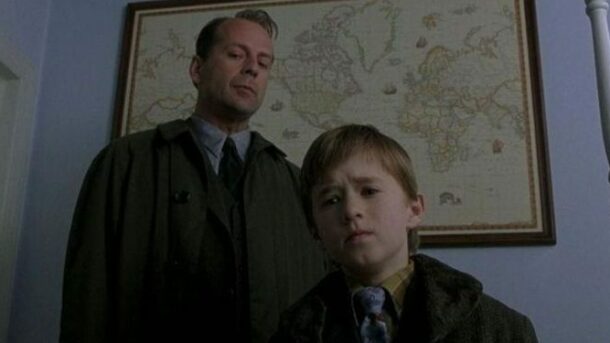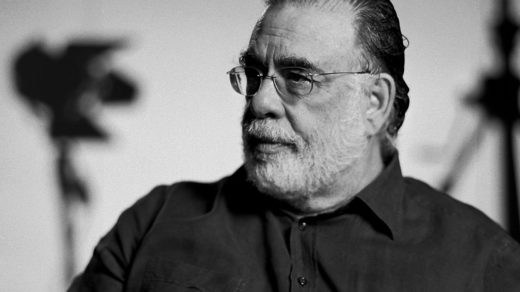Picture this: you’re sitting in a darkened theater, completely immersed in the story unfolding before you. As the final scenes play out, there’s a sense of anticipation tinged with uncertainty. Will the resolution satisfy your craving for closure, or will it leave you feeling disappointed and unfulfilled? Such is the experience surrounding movie endings.
Movie endings are more than just the last few minutes of screen time; they’re the culmination of the entire cinematic journey. They hold the power to evoke a range of emotions—joy, sorrow, catharsis—and leave a lasting impression long after the credits roll.
Looking ahead, we’ll delve deep into the art of crafting satisfying movie endings. From dissecting the elements that contribute to their success to offering practical tips for writers, we’ll uncover what sets a memorable conclusion apart from the rest. For all of the aspiring filmmakers out there, this is one you’re really going to want to read!
The Significance of Satisfying Movie Endings

As the lights dim and the opening credits roll, audiences embark on a journey guided by the storyteller’s vision. Yet, it’s the destination that often lingers in our minds long after the journey ends—a movie’s ending.
Emotional Impact on Audience
Movie endings have a profound emotional impact on viewers, serving as the final punctuation mark to the narrative. Whether it’s a triumphant resolution, a bittersweet farewell, or a shocking twist, these moments can elicit tears, laughter, or even contemplation.
Reflection of the Overall Narrative Quality
A movie’s ending serves as a reflection of its overall narrative quality. It’s the culmination of plot threads carefully woven throughout the story, where loose ends are tied up, and themes are reinforced. A satisfying conclusion can elevate an otherwise average film to greatness and vice versa.
Impact on Audience Perception and Memory of the Film
The ending of a movie can significantly influence how audiences perceive and remember the entire film. A powerful ending has the potential to leave a lasting impression, ensuring that the movie resonates with viewers long after they’ve left the theater. Conversely, a disappointing ending can sour the entire viewing experience, overshadowing any positive aspects of the film.
By understanding the significance of satisfying movie endings, we gain insight into their importance in the cinematic landscape. Join us as we delve deeper into what makes these conclusions so impactful and how they shape our perception of the films we love.
Understanding the Anatomy of a Satisfying Movie Ending

As we dive deeper into the world of cinema, it’s essential to dissect the key elements that contribute to a satisfying movie ending.
Resolution of Plot and Character Arcs
A successful movie ending ties up the loose ends of the plot while also providing closure to the character arcs. Audiences crave resolution—they want to see characters grow, overcome obstacles, and achieve their goals. A well-crafted ending ensures that these narrative threads are woven together seamlessly, leaving no unanswered questions lingering in the minds of viewers.
Emotional Resonance and Payoff
At the heart of every satisfying movie ending lies emotional resonance. Whether it’s a heartwarming reunion, a heartbreaking sacrifice, or a triumphant victory, the conclusion of a film should evoke a strong emotional response from the audience. This emotional payoff is what makes the journey worthwhile and leaves a lasting impression.
Avoiding Clichés and Predictability
While certain tropes and conventions can be effective in storytelling, relying too heavily on clichés can lead to a predictable and uninspired ending. Audiences appreciate originality and creativity—they want to be surprised and delighted by the twists and turns of the narrative. Avoiding clichés and injecting fresh ideas into the ending can elevate the film to new heights.
Striking a Balance Between Closure and Ambiguity
Finding the perfect balance between closure and ambiguity is key to crafting a satisfying movie ending. While audiences crave resolution, leaving room for interpretation can spark discussion and debate long after the credits roll. Striking this delicate balance ensures that the ending feels satisfying yet thought-provoking, leaving a lasting impression on viewers.
By understanding the anatomy of a satisfying movie ending, we gain valuable insights into the intricate craft of storytelling. Join us as we continue our exploration of what sets these conclusions apart and how they contribute to the overall cinematic experience.
Crafting a Satisfying Movie Ending: Tips for Writers

Now that we’ve explored the importance and anatomy of satisfying movie endings, let’s dive into some practical tips for writers looking to craft their own memorable conclusions.
Know Your Characters and Their Journeys
Before embarking on the writing process, take the time to fully understand your characters and their arcs. What are their goals, motivations, and flaws? How have they evolved throughout the story? By delving deep into the psyche of your characters, you can ensure that their journeys culminate satisfyingly and authentically.
Foreshadowing and Setup Throughout the Story
Effective movie endings aren’t pulled out of thin air—they’re built upon a foundation of foreshadowing and setup laid throughout the story. Planting seeds early on that pay off in the finale adds depth and resonance to the ending, making it feel organic and earned. Look for opportunities to subtly hint at the resolution while still keeping audiences guessing.
Staying True to the Genre and Tone
Every genre has its own conventions and expectations when it comes to endings. Whether you’re writing a romance, a thriller, or a comedy, it’s essential to stay true to the genre while still offering a fresh perspective. Consider how the tone of the film influences the ending—should it be uplifting, tragic, or somewhere in between? By aligning the conclusion with the overall tone of the story, you can ensure that it resonates with audiences on a deeper level.
Testing and Revising the Ending
Writing the perfect movie ending often requires multiple iterations and revisions. Don’t be afraid to experiment with different approaches and solicit feedback from trusted colleagues or beta readers. Testing the ending with an audience can provide valuable insights into what works and what doesn’t, allowing you to refine and polish the conclusion until it shines.
By following these tips, writers can increase their chances of crafting a satisfying movie ending that resonates with audiences long after the credits roll. Join us as we delve into real-life examples and deconstruct what makes these conclusions so effective in our next section.
Deconstructing Real-life Examples

Now that we’ve covered the fundamentals of crafting a satisfying movie ending, let’s put theory into practice by analyzing real-life examples from the world of cinema. Spoilers ahead!
The Twist Ending of “The Sixth Sense”
One of the most iconic twist endings in cinematic history comes from M. Night Shyamalan’s “The Sixth Sense.” Throughout the film, subtle clues are peppered in, hinting at the shocking revelation that protagonist Dr. Malcolm Crowe is actually dead. This twist not only reshapes the viewer’s understanding of the narrative but also prompts a reevaluation of earlier scenes in light of this newfound knowledge. By seamlessly integrating the twist into the story and providing subtle foreshadowing, Shyamalan delivers a satisfying and unforgettable conclusion.
The Ambiguous Ending of “Inception”
Christopher Nolan’s “Inception” leaves audiences debating long after the credits roll with its ambiguous ending. The spinning top’s final moments invite viewers to ponder the nature of reality and question whether protagonist Dom Cobb has truly returned to the real world or remains trapped in a dream. By embracing ambiguity and challenging audience expectations, Nolan crafts an ending that lingers in the mind, sparking endless discussions and interpretations.
The Bittersweet Farewell of “Toy Story 3”
Pixar’s “Toy Story 3” delivers an emotionally resonant conclusion to the beloved franchise, as Andy bids farewell to his childhood toys before heading off to college. The film’s ending strikes a delicate balance between nostalgia and hope, capturing the bittersweet reality of growing up and letting go. By tapping into universal themes of friendship, loyalty, and self-discovery, “Toy Story 3” leaves audiences with a sense of closure and gratitude for the journey shared with these beloved characters.
By deconstructing these real-life examples, we gain valuable insights into what makes their endings so memorable and effective. Join us as we continue our exploration of movie endings and uncover more secrets to crafting satisfying conclusions.
In Conclusion
Movie endings serve as the final piece of the puzzle, leaving a lasting impression on audiences and shaping their perception of the entire film. Whether it’s a heartwarming resolution, a shocking twist, or a thought-provoking cliffhanger, these conclusions have the power to evoke a wide range of emotions and linger in our minds long after the credits roll.
Throughout this journey, we’ve delved into the anatomy of a satisfying movie ending, from the resolution of plot and character arcs to the importance of emotional resonance and originality. By understanding these key elements, writers can craft conclusions that resonate with audiences on a deeper level and elevate their storytelling to new heights.
To all the aspiring writers out there, we encourage you to apply what we’ve discussed to your own storytelling endeavors. Whether you’re working on a screenplay, a novel, or a short film, remember the importance of crafting a satisfying conclusion that leaves a lasting impression on your audience. And don’t be afraid to experiment, revise, and refine until you find the perfect ending.
Lastly, if your short film budget hasn’t had its “happily ever after” yet and is still short on funds, check out our film funding contest! You could earn up to $10,000 by winning our contest. And the best part? No full script is needed. Instead of a script, send us one sentence that explains the premise of your short film and why you need our funding. We fund short narratives as well as short documentaries so send any and all our way. And stay tuned! We will soon be opening a contest for feature films as well. Head to the entry page to learn more.




